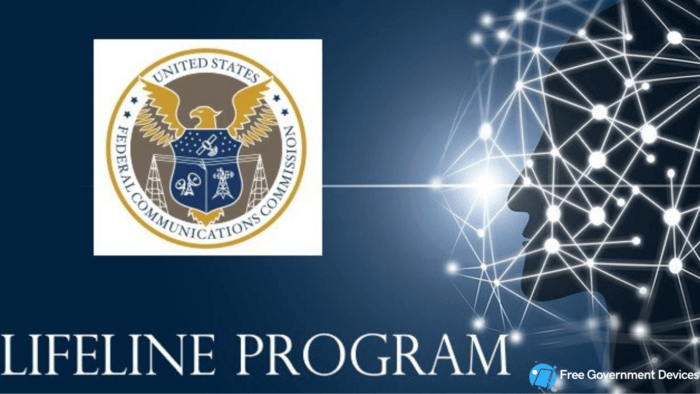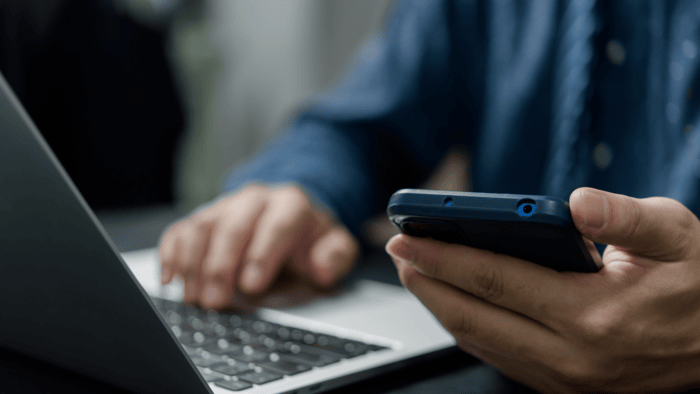The FCC runs the Lifeline program to lower communication costs for low-income individuals.
Eligible users receive discounts on approved phone service, internet, or bundled voice and broadband plans from participating providers.
Lifeline helps low-income individuals access jobs, healthcare, and education by making connectivity more affordable.

Survivors and the Safe Connections Act
The Safe Connections Act (SCA) helps survivors of domestic violence, human trafficking, and similar crimes who face financial hardship. They can get emergency Lifeline support for up to six months.
Survivors who qualify can get up to $9.25 off the phone, internet, or bundled services. After six months, they may apply for the standard Lifeline benefit. It gives up to $9.25 per month for internet or bundled plans and $5.25 for voice-only service.
To join Lifeline, survivors must request a line separation and show financial hardship. They can verify hardship through Lifeline eligibility programs or these options:
- Household income at or below 200% of Federal Poverty Guidelines
- Enrollment in the Special Supplemental Nutrition Program for Women, Infants, and Children (WIC)
- Participation in Free or Reduced-Price School Lunch or Breakfast programs, including Community Eligibility Provision (CEP) schools or districts
- Receiving a Federal Pell Grant in the current award year
Lifeline is an FCC initiative that helps low-income individuals reduce the cost of communication services.
Subscribers receive discounts on eligible phone plans, broadband services, or bundled voice and internet packages from approved providers.
This assistance allows low-income households to stay connected to job opportunities, healthcare, and education.
Qualified users can get up to $9.25 off monthly, while those on Tribal lands may receive up to $34.25. The discount applies to a landline or a wireless service, but not both. Lifeline also covers broadband and bundled voice-internet plans. FCC regulations limit one Lifeline benefit per household.
Lifeline is available across all states, territories, and Tribal regions. The Universal Service Administrative Company (USAC) oversees the program, guiding applicants through the process, verifying eligibility, and handling yearly recertifications. The USAC website offers detailed information about Lifeline and its policies.
People can qualify if their household income is 135% or less of the Federal Poverty Guidelines. They can also qualify if they participate in government aid programs like SNAP, Medicaid, Federal Public Housing Assistance, SSI, Veterans and Survivors Pension Benefit, or specific Tribal programs. Visit lifelinesupport.org to check eligibility.

National Verifier for Lifeline Eligibility
Consumers must apply for Lifeline through the National Verifier. They can access it via USAC or a participating phone or internet provider. The FCC created this system, and USAC manages it.
The National Verifier checks eligibility for applicants and confirms qualifications each year. Those needing assistance can use the “Companies Near Me” tool to find a Lifeline provider nearby.
California (except broadband-only users), Texas, and Oregon have separate Lifeline application systems. Broadband-only applicants in California must apply through the National Verifier, which will verify eligibility. To learn how to use in these states, visit the National Verifier, choose your state from the drop-down menu, and select “Get Started.”
For help or to request a paper application, call Lifeline at (800) 234-9473 or email LifelineSupport@usac.org.
